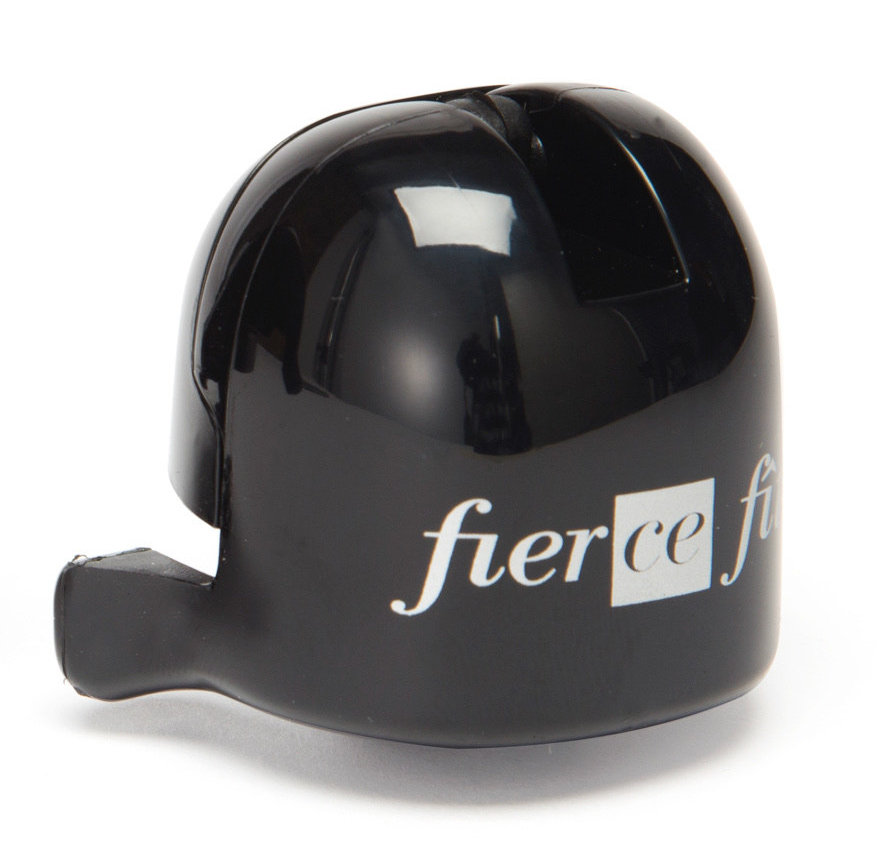Champagne, a celebratory wine
As a true social and emotional vector that brings people together, Champagne has become a world reference for refinement and good taste.
As a drink that is necessarily special, any joyful event is a good reason to drink Champagne. Its prestige and its unique taste in the mouth allow for tasty moments of conviviality. From the aperitif to the dessert, it is capable of accompanying all types of dishes and delighting all palates.
THE WINE OF KINGS
According to several sources, Clovis, King of the Franks, is the one who made Champagne famous. He was baptized in 496 in Reims, which became the place of coronation for kings.
With a few exceptions, the kings of France were all subsequently crowned in Reims. According to various accounts of the events, Champagne wines flowed freely during these great coronation ceremonies. A tradition that marks the origin of sparkling wine as a festive and luxury drink.
At the beginning of the 12th century, in 1114, an important text consecrated the Champagne vineyards: the "Grande Charte champenoise", an act issued by the bishop of Châlons-en-Champagne.
This act includes many wine estates, most of which are still part of the Champagne wine region today. From then on, the wine produced in Champagne experienced a real boom: this luxury nectar, accessible only to the nobility, part of the bourgeoisie and the clergy, was marketed and transported to Rouen and Paris by river. As early as the 12th century, it was even sent abroad!
Another important date in the history of Champagne and its region: in 1284, thanks to the marriage of Jeanne de Champagne to Philip the Fair, Champagne became part of the royal domain.
One of the major players in the development of Champagne was King Henry IV, who was known to be a bon vivant. Before him, the wine produced in the Champagne region was part of the appellation "vins de France", and it was under his reign that the clear, non-sparkling wine produced in Champagne was called "vin de Champagne".
Champagne was then officially recognised as the wine of the coronations at the French Court during the coronation of Louis XIV on 7 June 1654 in Reims.
In 1728 Louis XV authorised by royal decree (whereas Champagne wine had been transported in barrels until then) its transport in bottles, thus allowing better conservation of the bubbles.
After this authorisation, the trade in Champagne wines only grew, flowing in abundance to all the royal courts of Europe during the 18th century.
It was during this same century that Champagne wine became sparkling, as we know it more or less today.
THE WINE OF THE PARTY
Champagne was then gradually exported throughout the world, becoming one of the symbols of luxury.
Beyond the royal prestige, it is the intrinsic qualities of this wine with its fine bubbles, airy texture and seductive aromas that have imposed it on celebrations. Indeed, the lightness of Champagne, its freshness and digestibility made it the king of the party.
Champagne is one of those wines that can be enjoyed on its own, without eating. Thus, they are best enjoyed in the evening and at parties. Its prestige, its refinement and the famous cork that pops when it is opened are also elements that make it the festive wine par excellence.
It is the only wine that leaves a woman beautiful after drinking
said Madame de Pompadour.
It is now time to start tasting Champagne and trying different combinations to find the one that suits you best.
Champagne is a wine for celebrations but it is also a wine that can be paired with any part of the meal.
So go visit our Boutique to choose your Cuvées and surprise your guests with ever more original combinations.
Cin cin et à votre santé!

 My bag
My bag
 The Boutique
The Boutique
 Login
Login


